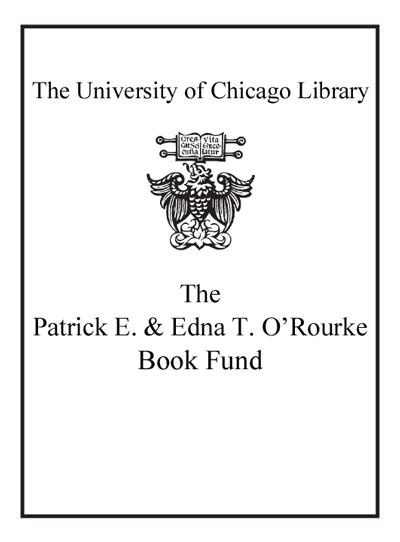Review by Publisher's Weekly Review
Dawson, who devoted 20 years to Freud-one of the foremost British painters of the 20th century-as assistant, companion, and model, is himself an artist, and in this mesmerizing photography book, his work provides an intimate portrait of Freud's daily life from the late 1990s through his death in 2011. Photographs of models with their portraits show Freud's idiosyncratic, distorting vision, the antithesis of flattery, which subtly contrasted with the more lyrical treatment of his garden. The studio itself appears as an eccentric, mysterious, private stage set, with piles of dirty white rags against walls thickened with masses of paint smears scraped from Freud's palette, the artist's penciled reminders to himself, and a backdrop for the iron bed on which many of his models spread themselves. Dawson documents Freud encountering the world, socializing and viewing art, as well as the art in his home. The final group of photos shows the hanging of Freud's 2012 posthumous retrospective at the National Portrait Gallery; the juxtaposition of workers and portraits imbues both with intensified irony, emotion, and vibrant life, exposing the full visceral power of Freud's work and Dawson's tenderness, wit, and skill in portraying it. (Oct.) © Copyright PWxyz, LLC. All rights reserved.
(c) Copyright PWxyz, LLC. All rights reserved
Review by Library Journal Review
How can outsiders really know the mystery of artists' creative processes? The final products stand by themselves, but how did they happen? Critics, commentators, and historians have all attempted to explain the process, but better yet is an intimate look at a famously reclusive artist in midstride. For almost two decades, Dawson, an intimate member of Lucian Freud's inner circle, took hundreds of photographs of the artists's studio, his working habits, his portrait sitters, and Freud himself. These photos, both candid and staged, give us a privileged peek at scenes such as Queen Elizabeth II sitting in a dowdy little studio for Freud's small, ugly, and very unpopular likeness. He is also shown painting a vigorous collection of nudes of both sexes and a fetching likeness of his whippet. In some photos the spark of genius is evident, in others moments of doubt or indecision present themselves. When we glance from sitter to half-drawn portrait on the easel we can imagine ourselves in the air of electricity that surrounds transferring thought and emotion into an object. There is almost no text; the images convey all the information about artist, studio environment, and subject matter. VERDICT A sumptuous examination that should appeal to anyone wondering how an artist can vivify sundry dabs of bright color. [See Prepub Alert, 5/4/14.] David McClelland, Andover, NY (c) Copyright 2014. Library Journals LLC, a wholly owned subsidiary of Media Source, Inc. No redistribution permitted.
(c) Copyright Library Journals LLC, a wholly owned subsidiary of Media Source, Inc. No redistribution permitted.
Review by Publisher's Weekly Review
Review by Library Journal Review

